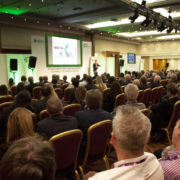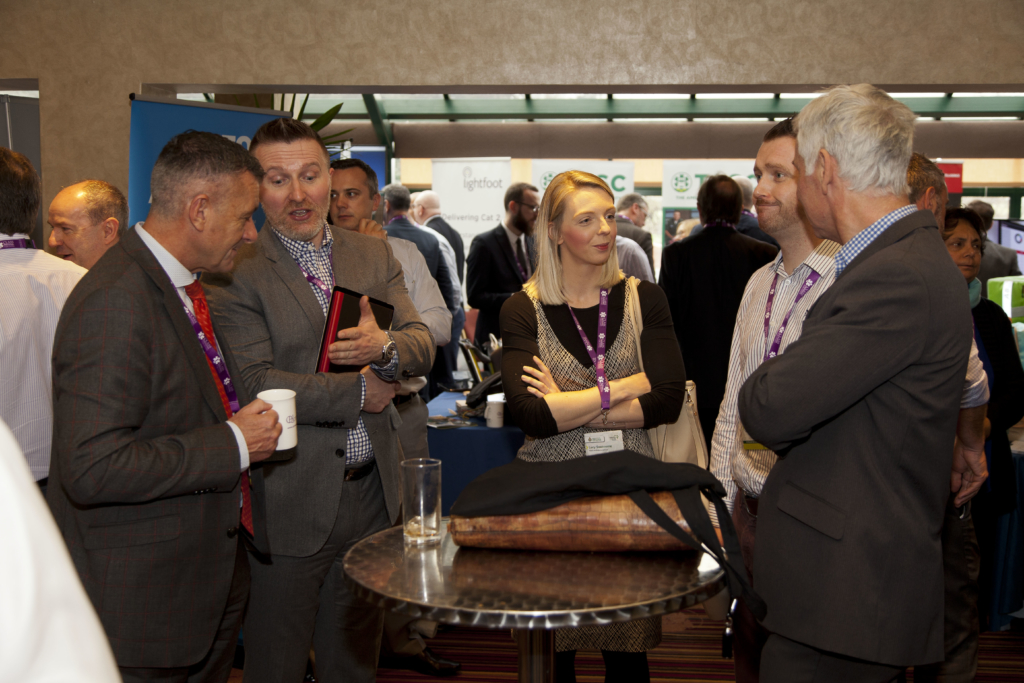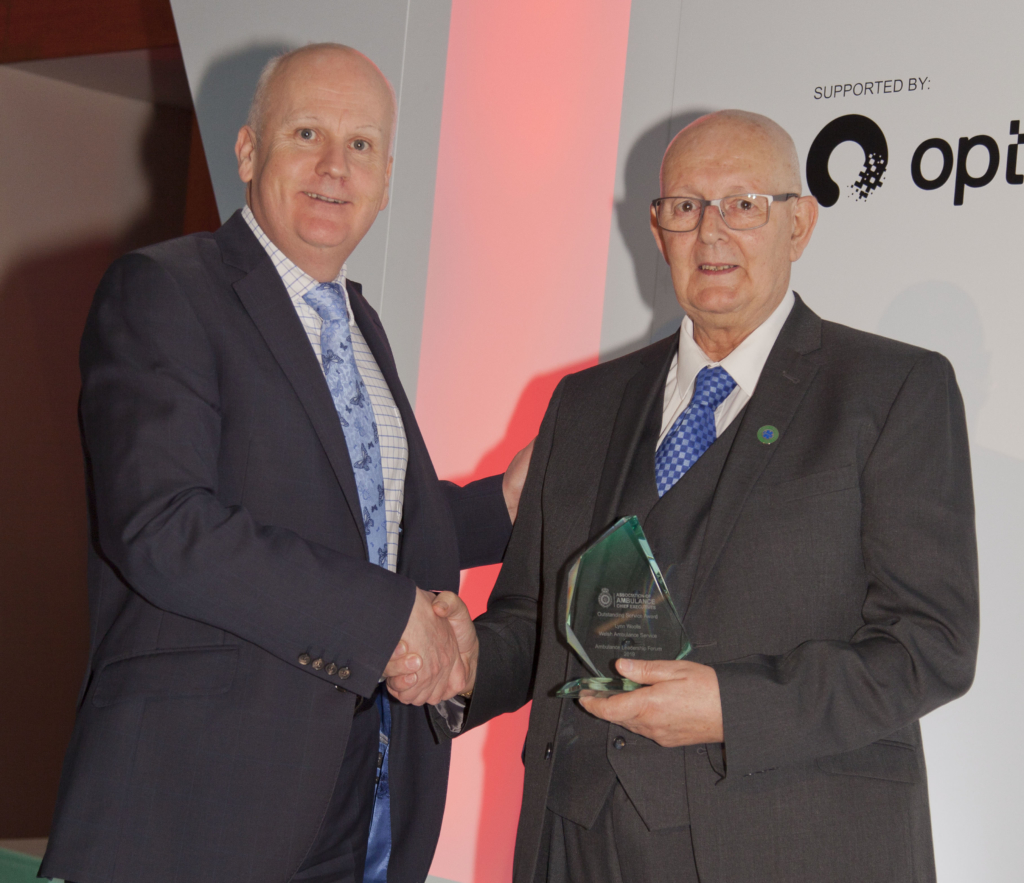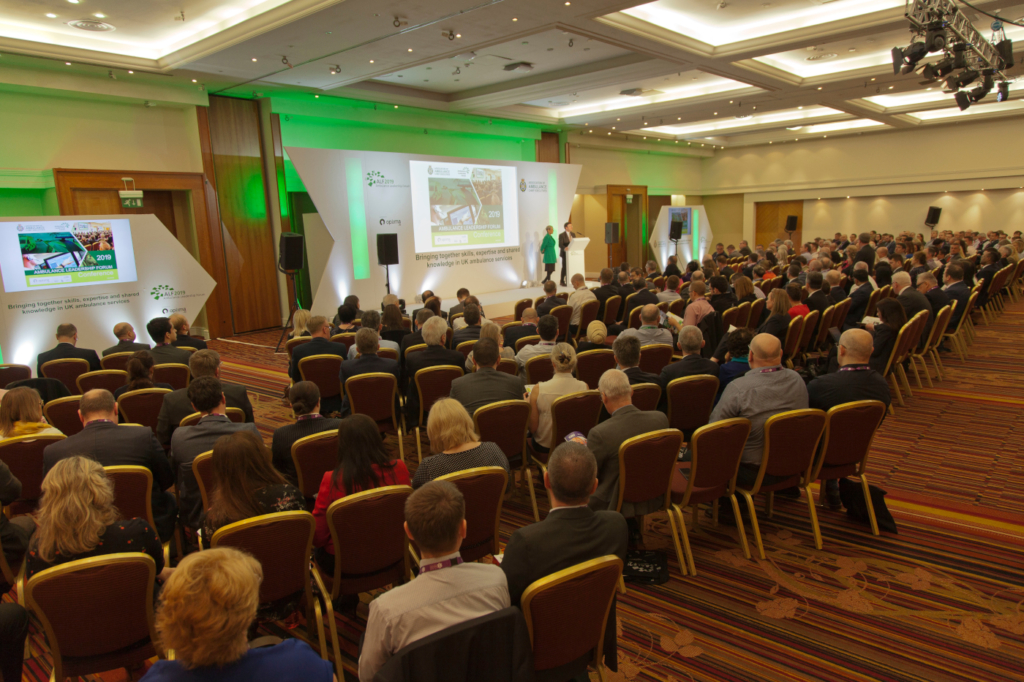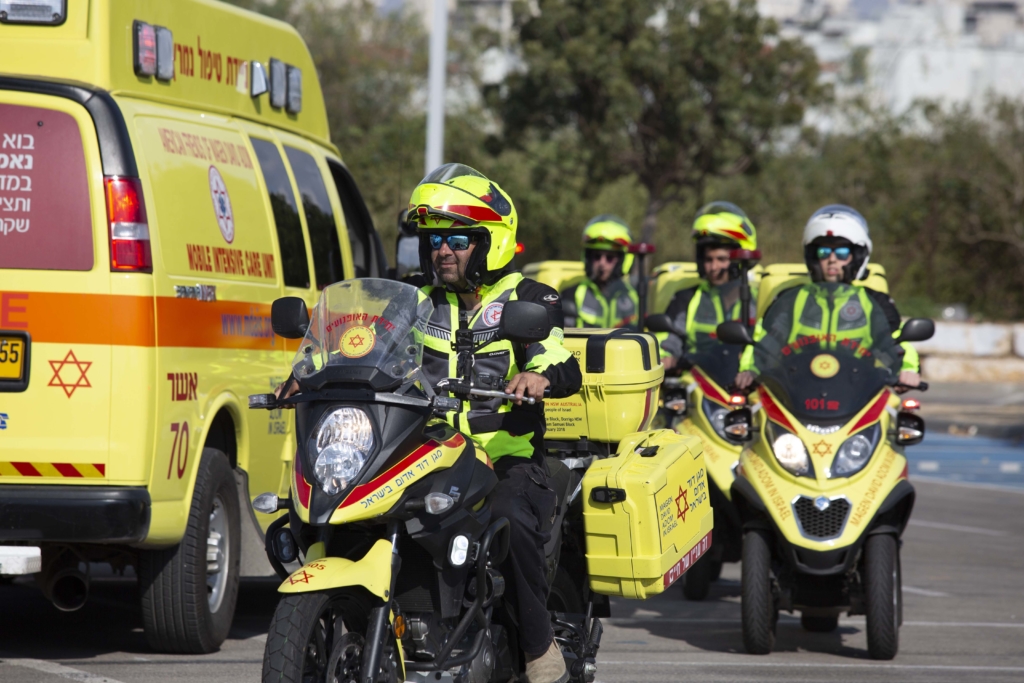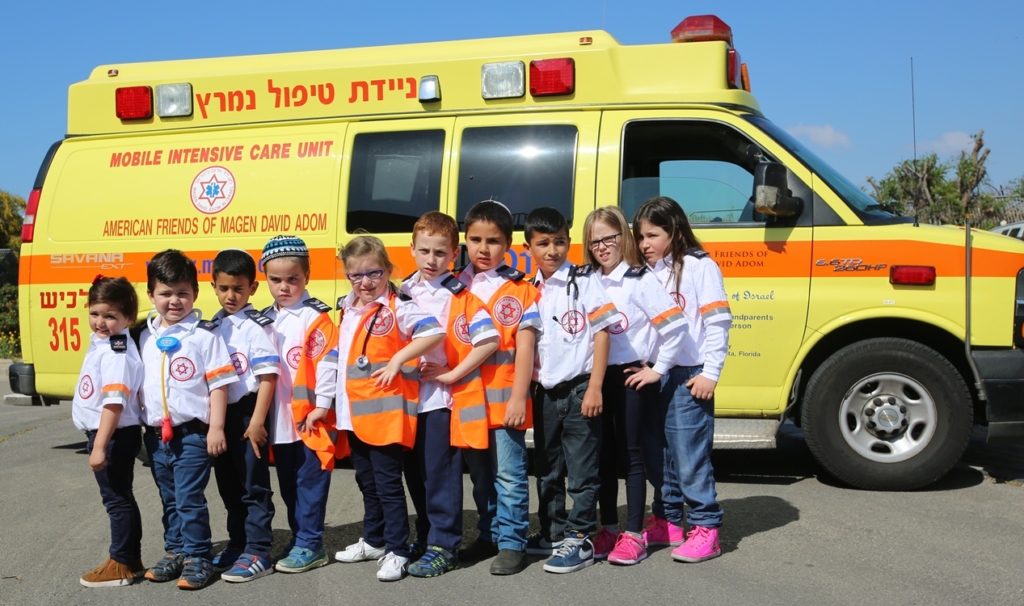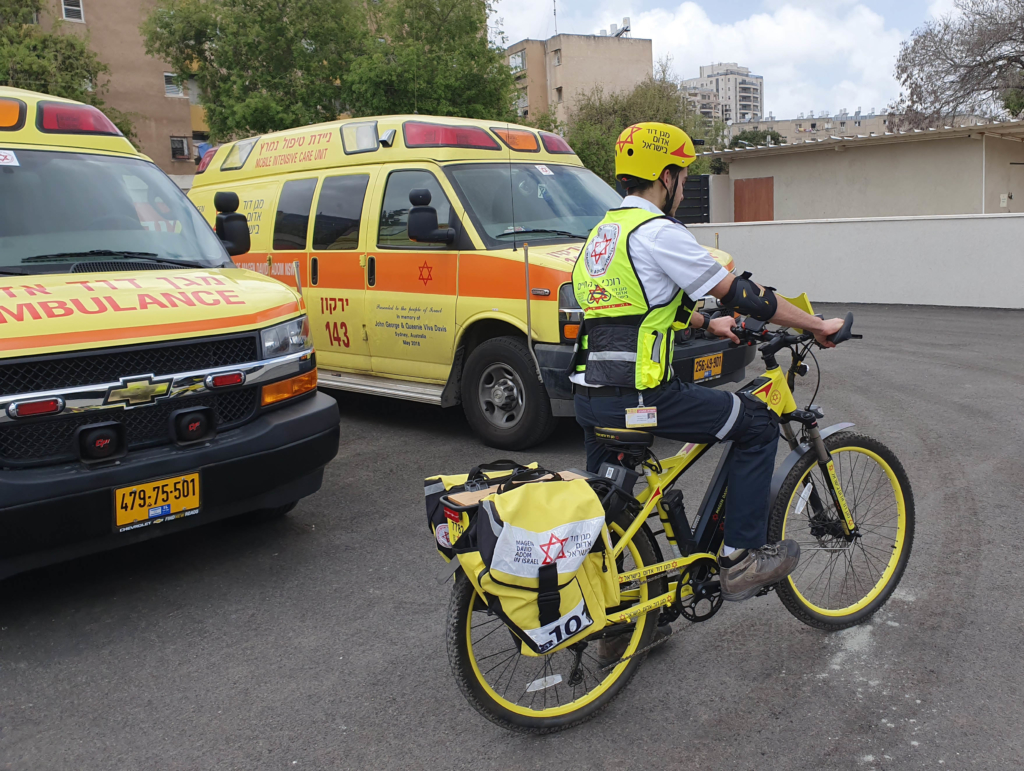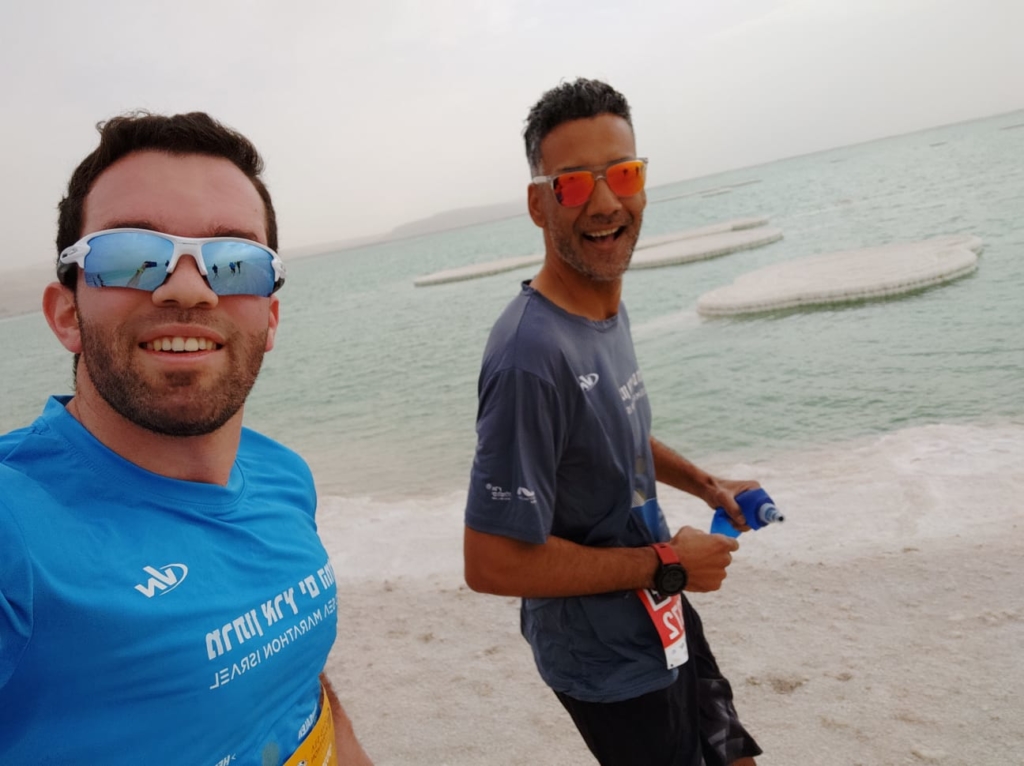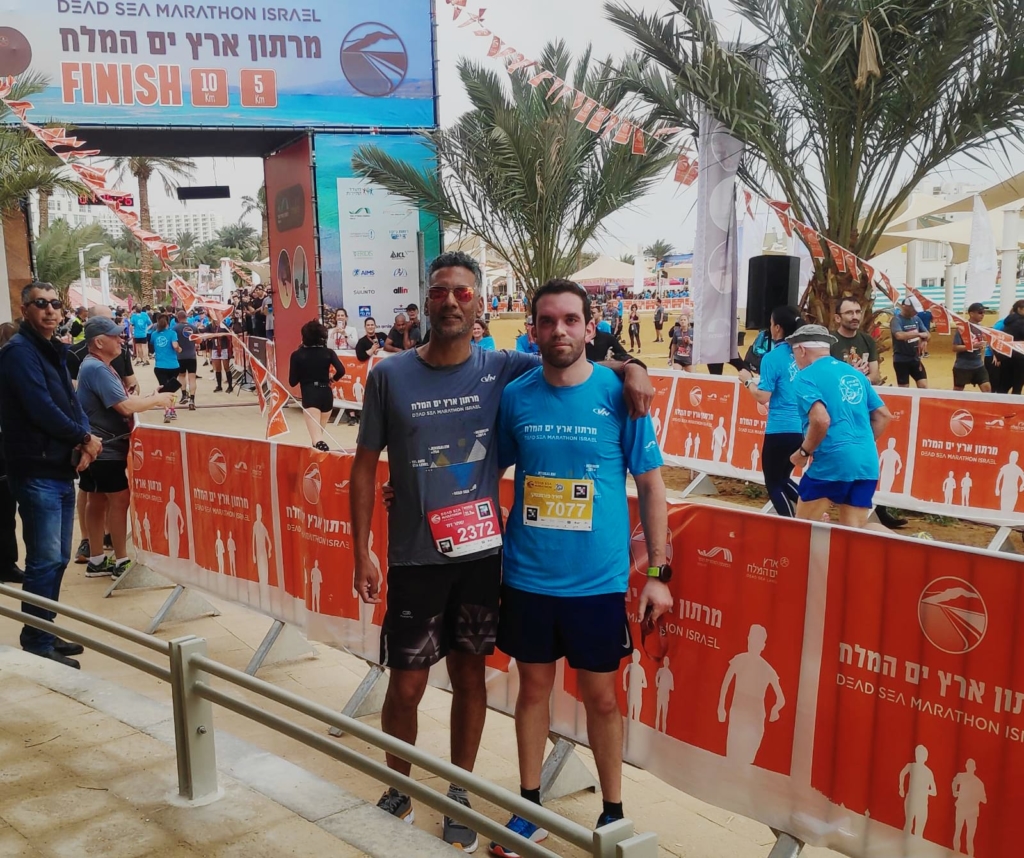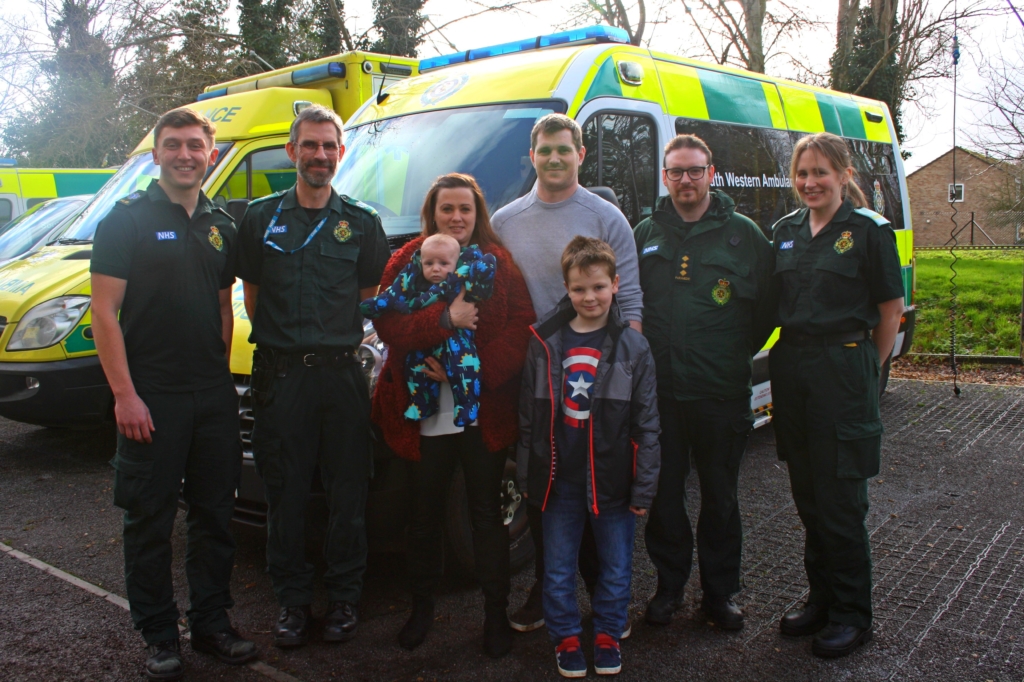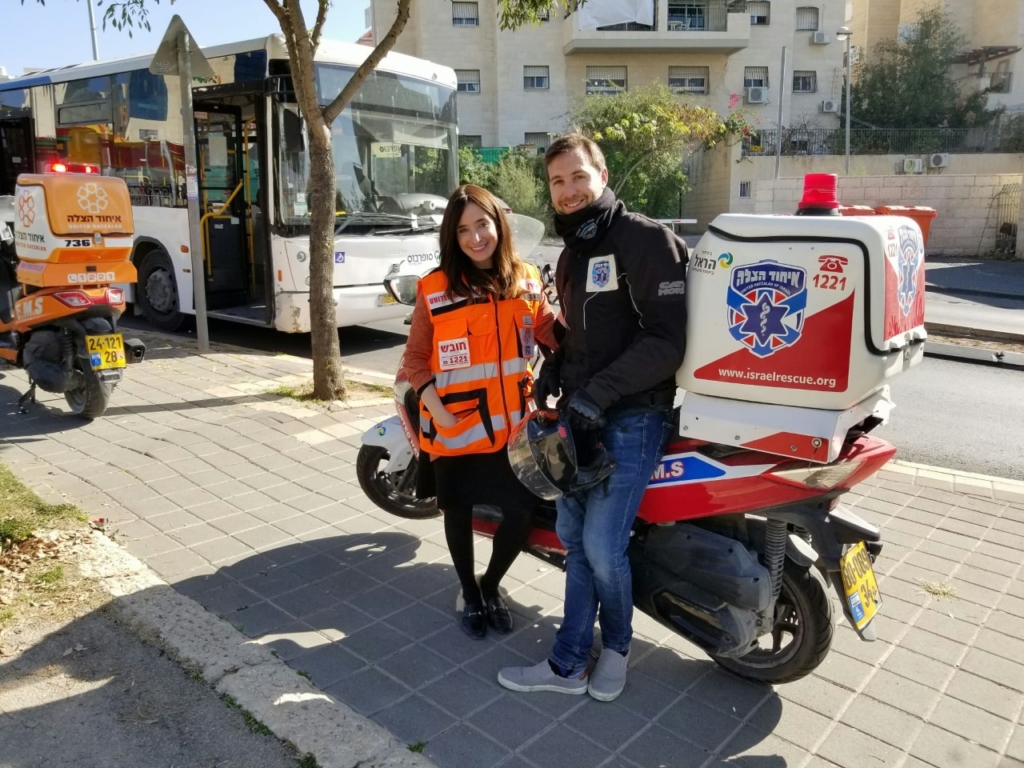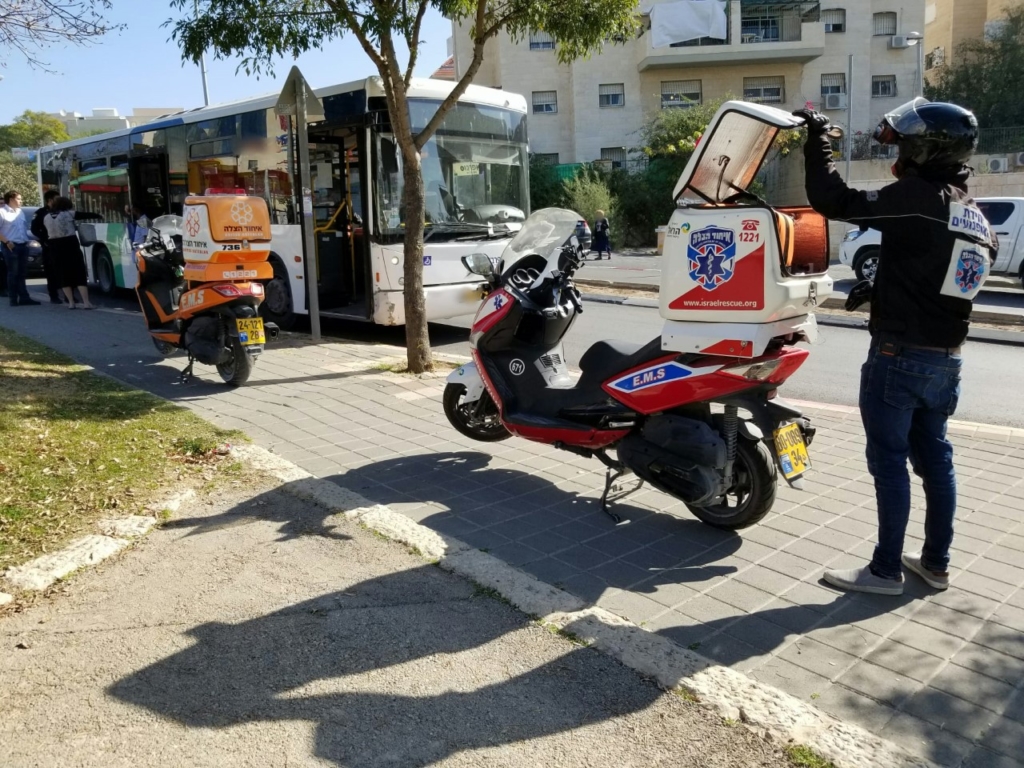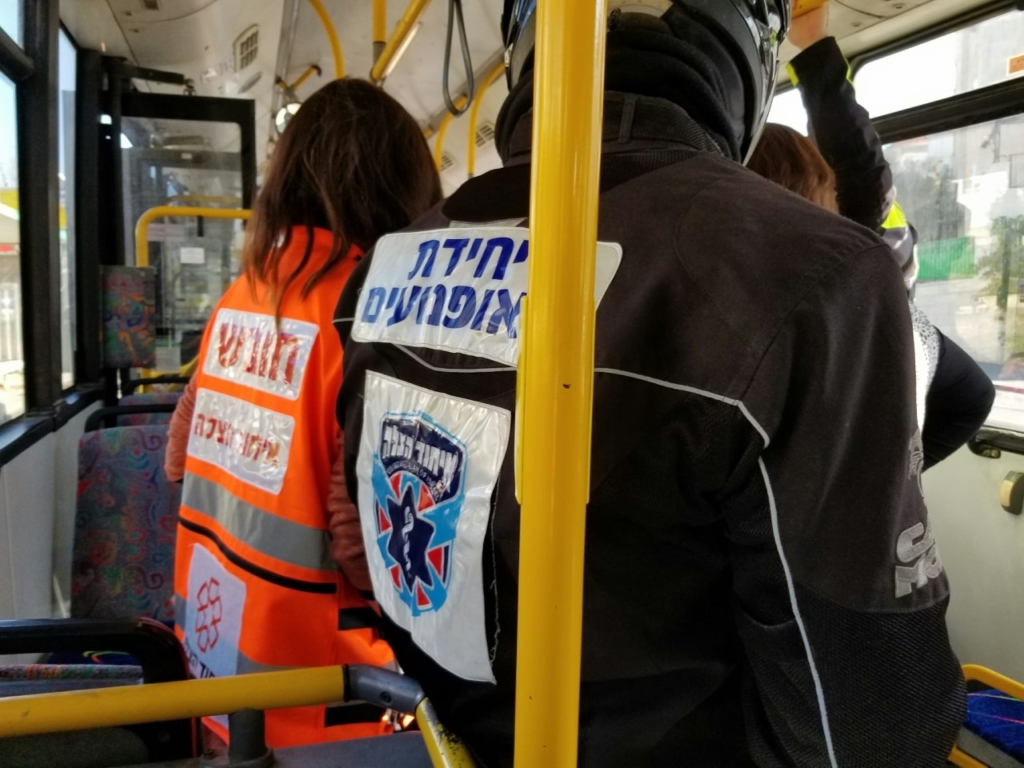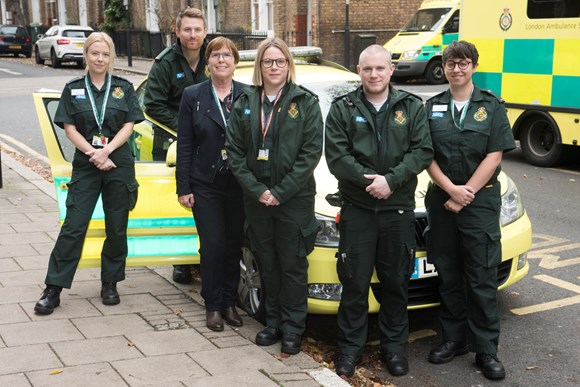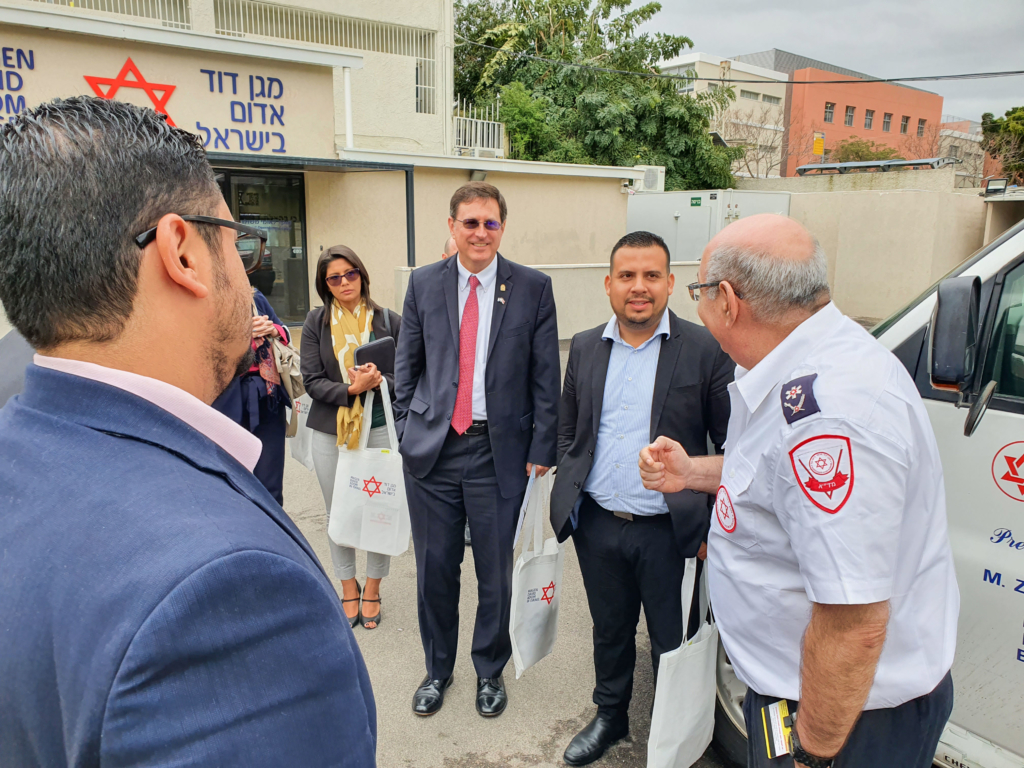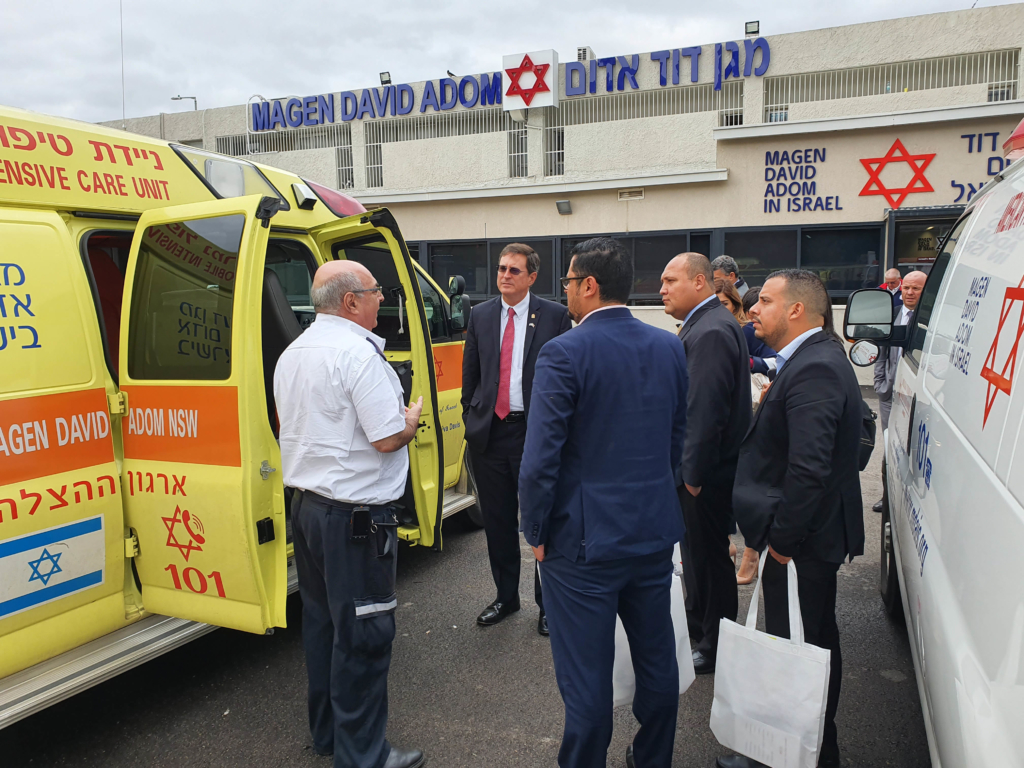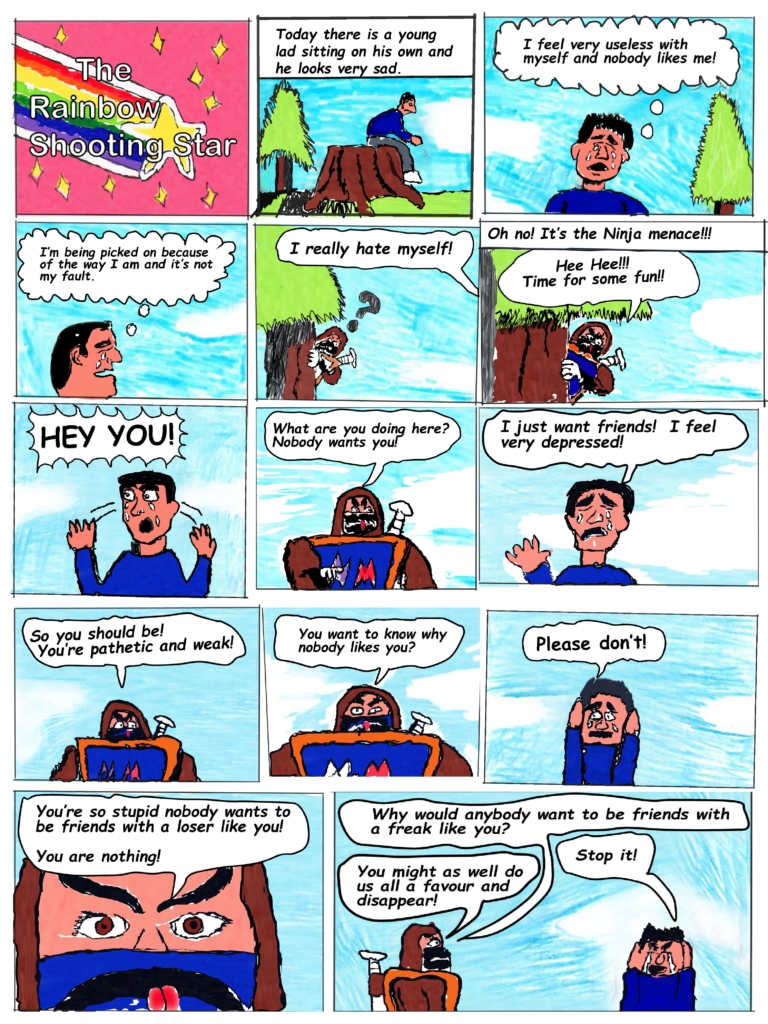ALF 2019: Plotting the Future for UK Ambulance Services
https://chat.whatsapp.com/AmbulanceTodayDirect
Organised by the Association of Ambulance Chief Executives (AACE), the Ambulance Leadership Forum (ALF) brings together senior managers, international EMS leaders, suppliers and a host of others to address how best to improve ambulance services through new approaches to leadership, management and care.
Each year, all involved join forces to share ideas and best practice in a supportive and high-profile environment.
This year’s ALF was yet again a roaring success. Hosted at Chesford Grange in Warwickshire, leaders and innovators from across the UK and beyond arrived to exchange ideas and review the previous year’s progress.
In accordance with tradition, the two- day forum held a Gala Awards dinner on the first evening, handing out awards and giving some much-deserved recognition to those individuals and groups who have set new standards in regard to the diligence and commitment they apply towards their work.
The awards recognised the high levels of professionalism, compassion and capability which they have exemplified during the past year.
In addition to this, the Association of Ambulance Chief Executives (AACE) also made the decision to accept academic abstracts for the first time this year which saw some particularly interesting submissions — a great opportunity seized by AACE to stimulate discussion on new ideas and findings.
And following from last year, the forum finished with two additional days being devoted to the Global Paramedic Leadership Alliance, which focused upon the impact of organisational culture on employee mental health.
DAY ONE
Beginning with the presentations, which comprise the main body of ALF, the event saw just under forty individual speakers. A snapshot of some of the key presentations is as follows:
Chris Hopson, CEO of NHS Providers spoke about the constantly transforming landscape of EMS and how we can maximise its potential here in the UK through our reaction to those changes.
Looking at how the ambulance service could possibly play a bigger role in the wider health care system in order to alleviate pressures on emergency services and to introduce rapid improvement for performance results in urgent and emergency care pathways.
By moving closer towards new models of care which would focus upon macrolevel service provision (triaging at home and cutting down on hospital admissions) and by using sustainability and transformation partnerships (STPs) and Integrated Care Systems (ICSs) Chris believes we can speed up the transition to system working across integrated local health and social care systems.
Helen Bevan, Chief Transformation Officer of NHS Horizons spoke about Project A — an ideas platform developed by NHS Horizons on behalf of the ambulance service aimed at giving frontline staff a voice in prioritising points of change and how those changes should be undertaken.
This comes from discussions between Helen and Simon Stevens, Chief Executive of the NHS, following his decision to fund a twelve-month long ambulance improvement programme.
However, it also largely comes from a very accurate observation, outlined by Helen in her presentation, that actually most change is pushed forwards by a few pillars of the service from frontline staff rather than those in management—often because these few people are at the centre of a web of communication and influence.
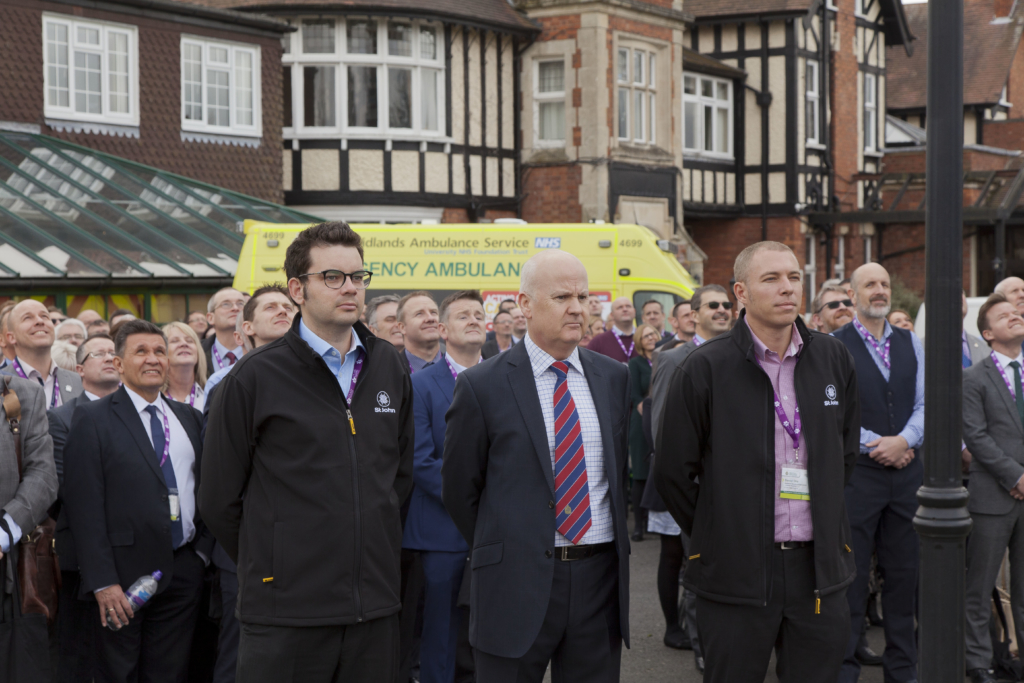
St. John New Zealand to show solidarity with the victims of the Christchurch terrorist attack
They often know most, or all, of the staff, understand protocols, new legislation and managerial changes that affect the service and are usually incredibly helpful and supportive towards their colleagues.
Therefore, these are often the most incisive people to offer feedback which affects service provision, and are also often the most effective at garnering support and raising morale amongst staff.
Pam Brown, Head of Diversity and Inclusion at WMAS, gave a blunt yet understanding and humorous talk about our actual levels of awareness regarding bigotry, discrimination and equality, and even simple misunderstandings that can lead to significant impacts on recruitment figures.
If you have not yet seen it, then I would urge you to check out www.rentaminority.com — a spoof site highlighted by Pam in her talk.
Michael West from Lancaster University spoke about how compassionate leadership — placing large amounts of respect and focus upon listening to staff and understanding them — ultimately makes the job of improving high quality care much easier and more effective.
Yvonne Ormston MBE, outgoing CEO of NEAS, spoke about the overall culture of EMS in the UK — it’s strengths, the challenges it faces, and how to overcome them.
Largely focusing upon how to build bridges between management and staff, and how to improve relationships between staff where things like tribalism (often seen following mergers for example) take place, Yvonne shared many of the sentiments also raised by Michael West — namely listening to staff, maintaining raised visions and goals for high levels of quality of care, and focusing on cooperation and teamwork.
Finally, Sue Bergin and Abigail Pawlowski from NHS Improvement (NHSI) explained all about the NHSI Culture and Leadership Programme.
With fifty trusts supporting the programme and another fifteen currently receiving support as they start it, the programme focuses upon using staff feedback in order to better understand the culture of an organisation and identify any changes that are needed, recognising such cultures as symbiotic with the workers that comprise them.
RESEARCH ABSTRACTS
As mentioned earlier, this year also saw the presentation of various research abstracts.
Peter Easton-Williams of SECAMB delivered an incredibly well-presented qualitative study of the perceptions of current clinical performance feedback of UK paramedics and their attitudes towards patient outcome feedback.
Dr Tim Edwards of LAS spoke about how we can work to maximise the contribution of Advanced Paramedic Practitioners.
Head of Professional standards at the College of Paramedics Liz Harris identified factors affecting staff retention, a particular issue for EMS providers internationally.
John Miller from WMAS spoke about the risks of placing too many roles onto managerial positions and role conflict amongst service managers.
And finally, Steven Scholes presented a fascinating and in-depth abstract on the suitability of the Manchester Triage System in triaging patients and referring them into clinical pathways from the scene as a paramedic.
DAY TWO
Day two saw the remainder of the presentations started by Kris Gagliardi and Daniel Ohs from St John New Zealand explain the challenges that come with taking on new managerial positions, especially in an organisation which sees clinical leadership roles at a relatively young age, and how these challenges can be approached.
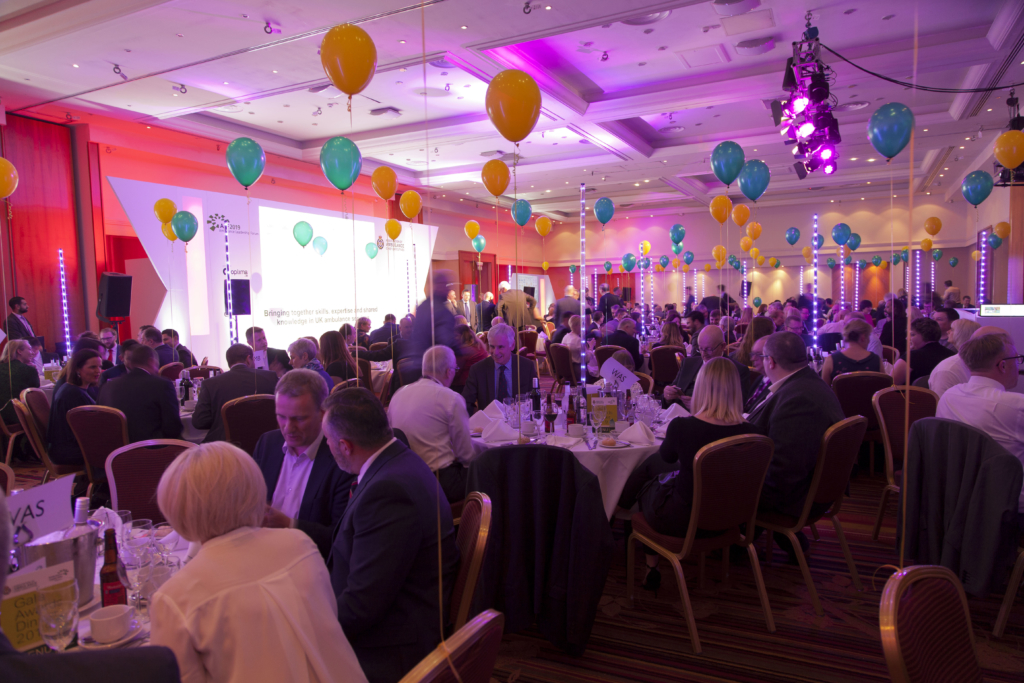
Mark Gough, Senior Ambulance Lead at NHS Improvement, spoke about the Carter Report and specifically how we can apply these findings to improve operational performance and efficiency.
Ian Hough, Director of the Ambulance Radio Programme explained the latest from the £390 million programme designed to replace outdated comms on a national scale.
Jennifer Izekor from Above Difference delivered an engaging presentation on cultural intelligence and diversity, pointed out the many benefits of prioritising cultural diversity and why it should be taken seriously.
Dave Etheridge OBE from Greston Associates Ltd and Graham Holland from ORH revisited the age-old discussion of response times.
Phil Collins, Head of IT at WMAS, explained the benefits of digital transformation within the ambulance service.
An incredibly important presentation, I thought, came from Jonny McMullen, Control Services Trainer at NIAS, who spoke about identifying stress amongst our dispatchers and how to tackle it.

A number of other fascinating and thought-provoking presentations also took place to round off the conference, each of which pointed towards very promising attitudes towards further development and evolution:
- Philip Astle and Volker Kellerman from SCAS spoke about the inherent value of collaborative innovation
- Rob Crossman (Working Time Solutions) and Chris Nelson (chair for UNISON South West and Allied Health branch) delivered examples of how to improve and optimise rosters
- Jock Crawford from YAS and Anna Price from EEAS delivered a powerful presentation about what Freedom to Speak Up data could reveal about cultures within English ambulance trusts
- Rob Lawrence, Chief Operating Officer of Paramedics Plus, came all the way from California to share the observations he has made on his travels between the UK and US
- And a group presentation from Brigadier Matt Blazeley, Commandant of the Royal School of Military Engineering, Sue Budden from London Fire Brigade, Nick Chapman CBE from holdfast Training Services, and Samir Maha from Babcock International all presented a talk on using partnerships with other frontline services in order to deliver effective solutions and lessons concerning best practice.
GPLA SUMMIT
Finally, the event rounded off with the Global Paramedic Leadership Alliance (GPLA) which focused on the mental health and wellbeing of staff and how to promote resilience and support.
The summit saw a gathering of leaders from AACE, the Council of Ambulance Authorities (CAA, which oversees Australia, New Zealand, and Papua New Guinea), the National EMS Management Association from the USA, and the Paramedic Chiefs of Canada.
This follows talks from the inaugural GPLA summit also held last year following ALF, where the attendees committed to improving leadership through identifying and promoting initiatives which promote psychological health.
A ten-step framework was created, designed to significantly reduce the likelihood of psychological harm to staff stemming from workplace factors:
- Promote a positive mental health culture in the workplace through leadership, communication, policy and procedure, environment and work/job design.
- Reduce stigma around mental health conditions and psychological stress in the workplace.
- Improve the mental health literacy of the workforce.
- Develop the capability of staff to interact with and help someone experiencing a mental health crisis, from identification through to return to work.
- Ensure that an integrated approach to mental health and wellbeing is woven through the workplace and that leadership at all levels model behaviours and practices that promote a mentally healthy workplace culture.
- Share examples of best-practice and effective initiatives between services.
- Collaborate to ensure staff, during each phase of their career, have adequate self-awareness, knowledge and support in relation to managing their personal mental health and psychological stressors.
- Implement systems that provide the service with early notification of potential psychological harm related risk.
- Collect, monitor and respond to data that evaluates the mental health and wellbeing of the workforce and the possibility of psychological harm occurring.
- Seek internal/external specialist expertise when necessary to achieve improved mental health and wellbeing outcomes for the workforce.
As you can plainly see, this year’s forum and the following GPLA summit were a huge success.
As well as a great deal of progressive views being shared, the event also saw an impressive footfall with interesting and innovative ambulance leaders from a wide mix of different continents and countries, a well-chosen selection of friendly and interesting exhibitors and, most of all, a genuine eagerness to change culture and introduce new ideas wherever possible aimed at increasing the overall wellbeing of staff and maximise the potential for service delivery.
An excellent four days all round, and I already look forward to seeing what 2020 brings.
Quality content
- Casinos Not On Gamstop
- Casinos Not On Gamstop
- Casino Sites Not On Gamstop
- Non Gamstop Casino
- UK Online Casinos Not On Gamstop
- Casino Sites Not On Gamstop UK
- Casino Sites Not On Gamstop
- Games Not On Gamstop
- Sites Not On Gamstop
- UK Online Casinos Not On Gamstop
- Casino Not On Gamstop
- Slots Not On Gamstop
- Casino Not On Gamstop
- Gambling Not On Gamstop
- Casinos Not On Gamstop
- Non Gamstop Casino
- UK Online Casinos Not On Gamstop
- Casino Sites Not On Gamstop
- Best Betting Sites
- Best UK Online Casinos
- New Horse Racing Betting Sites

